Stretch Marks
Stretch marks are scars that appear inside your skin when the skin is stretched rapidly beyond the limits of its natural elasticity. Stretch marks are created when the middle layer of skin, the dermis, is stretched far enough to make it tear.
Stretch marks commonly occur on the abdomen, the breasts, the hips and buttocks, and the thighs, as these are the areas that typically grow the most during rapid weight gain or pregnancy. However, stretch marks can also occur on other parts of the body, including the chest, arms, and shoulders, if these parts experience growth more rapid than the dermis can handle.
The general medical term for stretch marks is striae. The most common type of stretch marks are striae distensae, stretch marks caused by the skin being distended. Striae gravidarum are stretch marks that occur during pregnancy. Striae rubrae are red or purple stretch marks, and striae albae are stretch marks that have faded to white or silver.

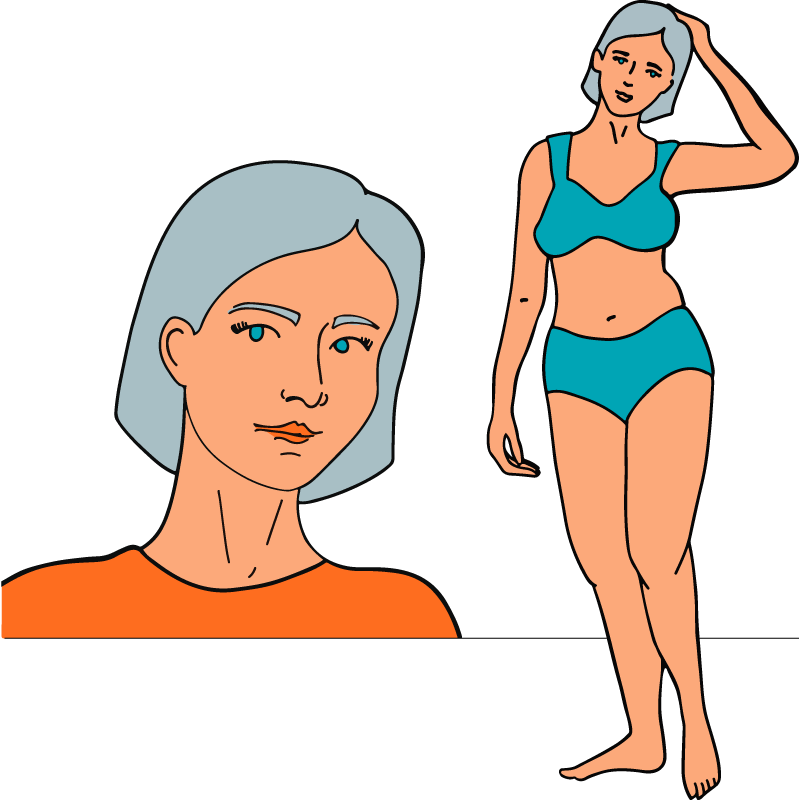

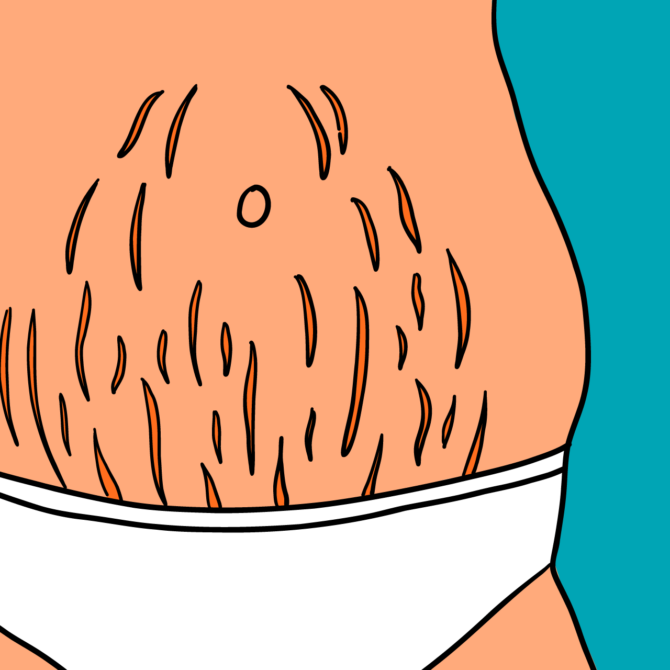
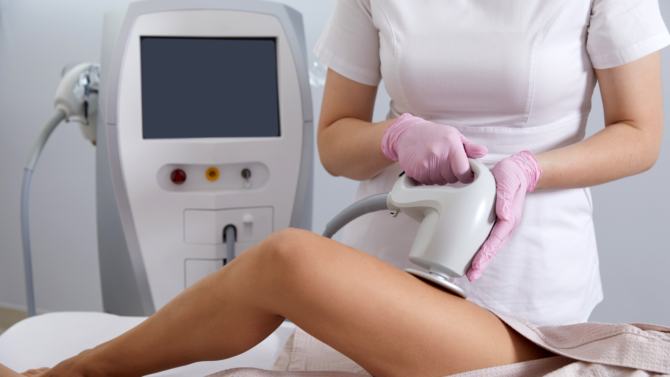
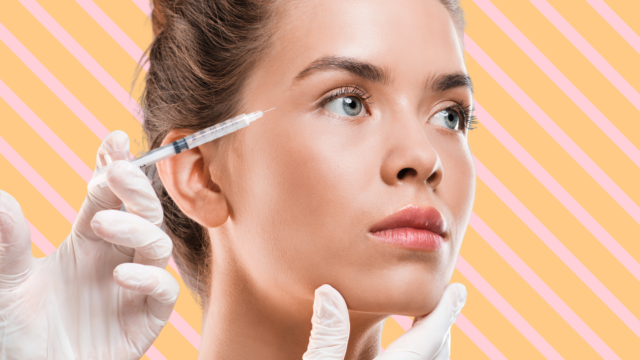
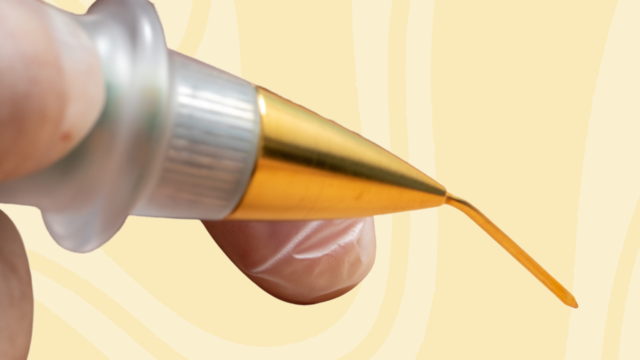
 The Tweakments Chatbot
The Tweakments Chatbot